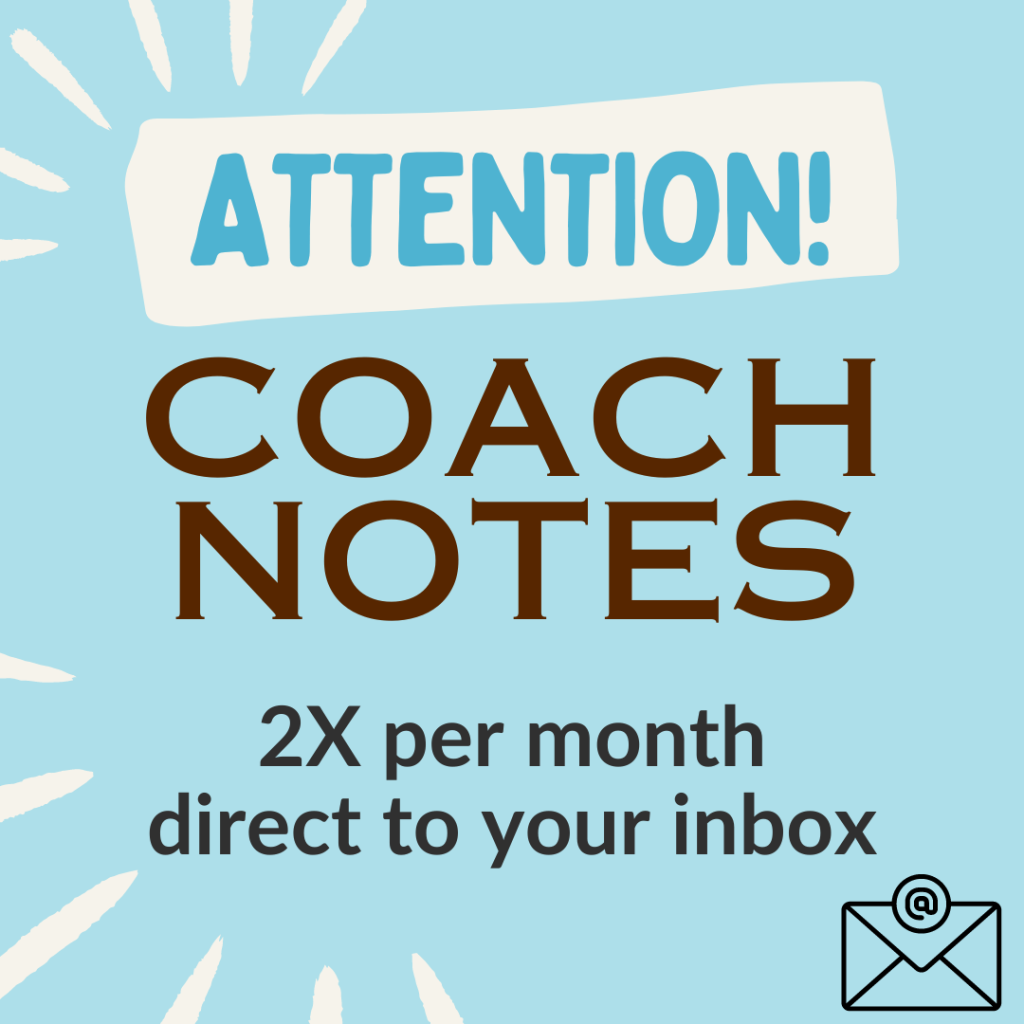Leaders may inadvertently suppress their people’s creative insights. While bragging about their innovative, out-of-the-box thinking, these bosses may fail to notice that company systems discourage creativity. This ingrained, often invisible problem has an adverse side effect: It can diminish profits.
Improving performance for long-term success requires a two-pronged managerial approach: Focus on reducing errors while increasing creative insights.
Most managers concentrate on reducing errors: the obvious half of the equation. They know mistakes are visible, costly and embarrassing.
But many managers forget about the second step. Businesses cannot surge ahead in the marketplace without creative insights
4 Stages of Creative Insights
When we put too much energy into eliminating mistakes, we’re less likely to gain insights. ~ Gary A. Klein, PhD, Seeing What Others Don’t: The Remarkable Ways We Gain Insights (PublicAffairs, First Trade Paper Edition, 2013)
Research into how the brain solves problems and generates “aha” moments has helped us understand the best ways to stimulate creative insights.
British psychologist Graham Wallas proposed a four-stage process in his 1926 book, The Art of Thought. He asserted that creative solutions appear sequentially:
Preparation => Incubation => Illumination => Implementation
Psychology professors John Kounios and Mark Beeman tweaked the formula in The Eureka Factor: Aha Moments, Creative Insight and the Brain (Random House, 2015):
Immersion => Impasse => Diversion => Insight
We must step back and painstakingly observe a problem (immersion), examine perspectives and context, reinterpret the familiar, become aware of unfamiliar and unseen relationships, and question assumptions and biases.
If you reach an impasse, stop seeking answers. Seek a change of scenery, and give your brain a rest (diversion). Your subconscious will continue to make remote associations and connect ideas during an incubation period. Insights will materialize, accompanied by feelings of certainty and an emotional thrill.
7 Places to Find Creative Insights
A November 2014 Harvard Business Review article (“Where to Look for Insight”) defines insight as “an imaginative understanding of an internal or external opportunity that can be tapped to improve efficiency, generate revenue, or boost engagement. Insights can be about stakeholder needs, market dynamics, or even how your company works.”
Most of us can adopt a mindset that facilitates creativity and insights. The authors of the HBR article urge readers to explore seven key areas:
- Anomalies: Examine deviations from the norm. Do you see unexpectedly high or low revenue or share in a market or segment? Surprise performance from a business process or a company unit?
- Confluence: Find macro trend intersections. What key economic, behavioral, technological or demographic trends do you see? How are they combining to create opportunities?
- Frustrations: Pinpoint deficiencies in the system. Where are customer pain points for your products, services or solutions? Which organizational processes or practices annoy you and your colleagues?
- Orthodoxies: Question conventional beliefs. Are there assumptions or beliefs in your industry that go unexamined? Toxic behaviors or procedures at your company that go unchallenged?
- Extremities: Exploit deviance. What can you learn from the behaviors and needs of your leading-edge or laggard customers, employees or suppliers?
- Voyages: Learn from immersion elsewhere. How are your stakeholders’ needs influenced by their sociocultural context?
- Analogies: Borrow from other industries or organizations. What successful innovations do you see applied in other disciplines? Can you adapt them for your own use?
Fixation Thinking
Albert Einstein is reported to have said that if you gave him an hour to solve a problem, he’d use the first 55 minutes to consider if it was the right problem.
A problem typically leads to an impasse because you’re asking the wrong question. When you focus on misleading features, you risk going down rabbit holes. We need to become aware of the mental traps that cause us to fixate on the wrong problem.
Mental Training
Studies have shown that even thinking about unusual people or events primes the brain for creativity. On the other hand, thinking about conformity, rules and the way things are usually done enhances analytical thinking.
Achieving psychological distance – even if it’s only imaginary – increases insightfulness. Try to think about the big picture, the 30,000-foot view.
Environmental Influences
Kounias and Beeman believe your environment can promote a brain state that’s amenable to “aha” moments.
Creative insights and valid intuitions are characterized by:
- Remote associations
- Broad, flexible attention
- Abstract thought
- Positive mood
- A sense of psychological distance
- A promotion orientation
Some studies show that expansive surroundings (high ceilings, a view) allow greater creativity and broaden attention. The ideal environment for creative thinking is open, airy, rounded and calm.
Change everyday routines. Interact with diverse people and situations. Nonconformists can be strange, but their creative thinking is contagious. Being around them primes the brain for enhanced insightfulness.
8 Tips to Enhance Insightfulness
The threat of a deadline narrows your thinking and restricts ideas. Frequent breaks and long periods of incubation are likely impractical, but finding ways to maintain a creative mindset is paramount.
Try the following strategies to enhance insightfulness:
- Periodically consider your larger goals and values, and how you can promote them.
- Reserve time for long-range planning and creative daydreaming.
- Cultivate a positive mood by thinking about the people and things that bring you joy.
- Schedule vacations that will stimulate creative thinking.
- Do something new. Take up a new hobby, or delve into a topic unrelated to your occupation.
- Walk, run or engage in another physical activity to promote brain growth.
- Meditate and disengage periodically.
- Get ample sleep to rejuvenate brain cells, improve associative thinking and consolidate memories.

Creator of the KASHBOX: Knowledge, Attitude, Skills, Habits
Helping You Realize Your Potential
I help people discover their potential, expand and develop the skills and attitudes necessary to achieve a higher degree of personal and professional success and create a plan that enables them to balance the profit motives of their business with the personal motives of their lives.










